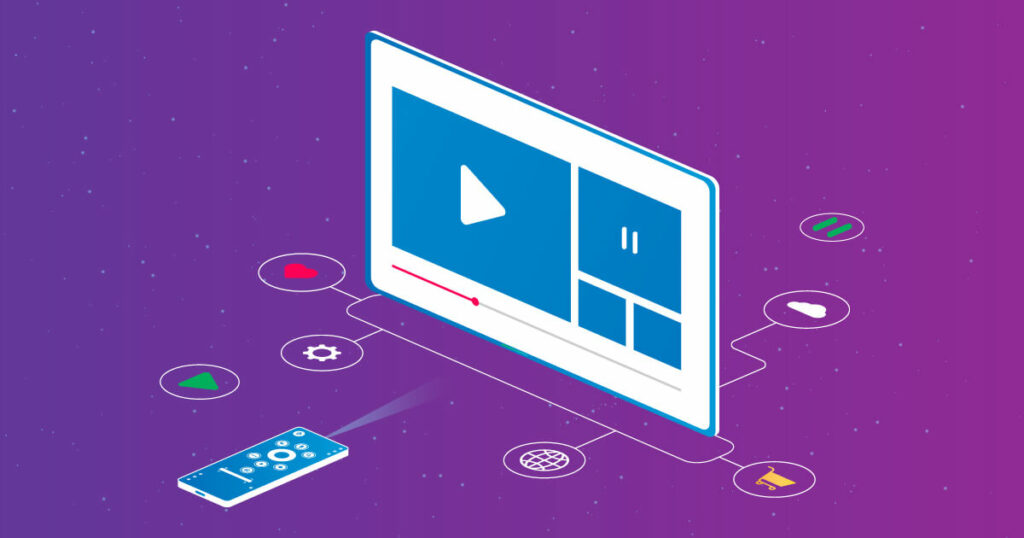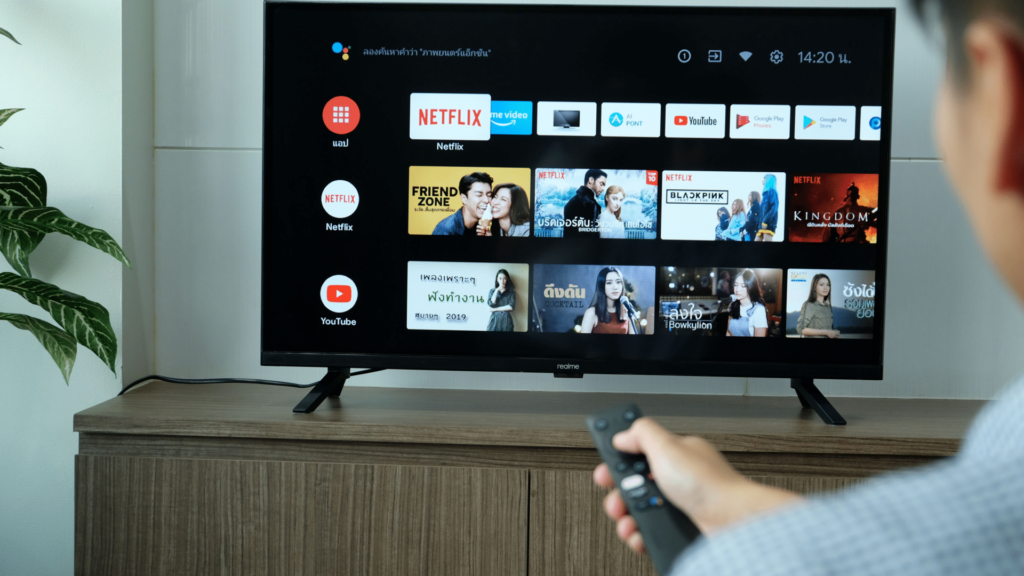Even with all of the hype on CTV about digital-style ad targeting, the majority of buys still take place on broad demos.
Compared to demo-based targeting, more data is needed for more advanced targeting—many new identifiers and outcome-based data, such sales and conversions—than for demo-based targeting. It is quite difficult to guarantee that all of the data is correct and consistent across conventional and streaming media.
According to a recent research by data validation business Truthset, which assessed the connections data brokers make between hashed emails and postal addresses, nearly half of the data used for CTV ad targeting is blatantly inaccurate.

Speaking on Wednesday at Advertising Week in New York City, Noah Levine, VP of advanced advertising at Warner Bros. Discovery, explained that the lack of accurate and clean data is the reason why broadcasters are changing the subject from the necessity of advanced audience segments to the quality of those segments.
READ MORE: CTV Watching Hours Increase By 21%
Agencies and programmers require more interoperability, the new phrase du jour in the TV sector, in order to obtain high-quality data.
What say you?

The quantity of processing data undergoes before it is used to serve an impression is one of the reasons there is so much of it.
The process of licensing new data, comparing it to an existing audience, and creating models to identify comparable viewers is multifaceted and prone to error. It resembles the kid’s game “Telephone:” Data may appear much different after exiting a system than when it was entered.
Speaking at AWNY, Michele Stone, VP of advanced advertising product and strategy at Paramount, noted that it’s one thing to identify a brand’s customers. It’s a different matter entirely to ensure that those identifiers remain consistent from planning to activation and measurement.

It also doesn’t help that teams responsible for buying ads for streaming and traditional media still operate independently, employing disparate data sets to identify target audiences according to the ways in which those audiences are marketed.
For instance, according to Levine, media organizations are still attempting to figure out how to connect audiences between data-driven linear (DDL) and linear addressable. Unlike DDL, which is one-to-many but targets more specialized demographics like pickup truck drivers or cat owners, addressable marketing targets individual households.
Levine stated that while buyers and sellers often have access to comparable data sets for linear planning, “there’s definitely [still] a gap in the streaming data [both sides] are using for planning.”
It all comes down to speaking.
Comparing notes is the greatest approach for programmers and organizations to ensure that they are using the same, reliable data.
According to Stone, combining several first-party data sets can enhance the precision of targeting and measurement, as well as the quality of identity graphs.

However, connecting data isn’t always that easy. Media firms don’t have a reputation for being forthcoming with their first-party data sharing, which gives them a competitive advantage.
However, Levine said that the work being done by the joint industry committee (JIC), which is chaired by broadcasters, may alter that dynamic.
READ MORE: Unleashing The Streaming Revolution: Exploring The Power Of OTT, CTV, And FAST TV
Because the JIC is developing a procedure to certify alternative measuring currencies—a topic that is now hot in the industry—it frequently makes trade headlines.
However, the JIC’s second project—building a unified streaming data set between agencies and publishers—is essential to that certification procedure. (This streaming data product will eventually be made available for measurement to certified currencies.)

To ensure that everyone is communicating in the same language, Levine suggested that media businesses attempt to collaborate much more closely with marketers and agency partners in the interim.
Using advanced audience data from VideoAmp rather than Nielsen demos, Paramount, for instance, recently conducted a pilot integration with Omnicom Media Group and data activation platform Mediaocean to run linear ads.

According to Stone, media corporations must take action in response to the data that agencies use to schedule their TV purchases. (Many agencies plan and activate campaigns using Mediaocean.)
According to Brian Lin, head of product management at TelevisaUnivision, “marketers will be better able to measure and understand outcomes” with more robust conduits connecting customers and sellers.
“The buy and sell sides are working [more closely] together to share data and achieve what marketers are looking for,” Lin stated in order to that goal.
Download The Radiant App To Start Watching!
Web: Watch Now
LGTV™: Download
ROKU™: Download
XBox™: Download
Samsung TV™: Download
Amazon Fire TV™: Download
Android TV™: Download

